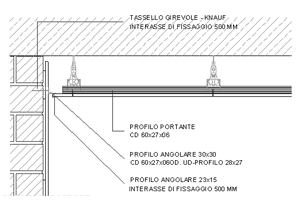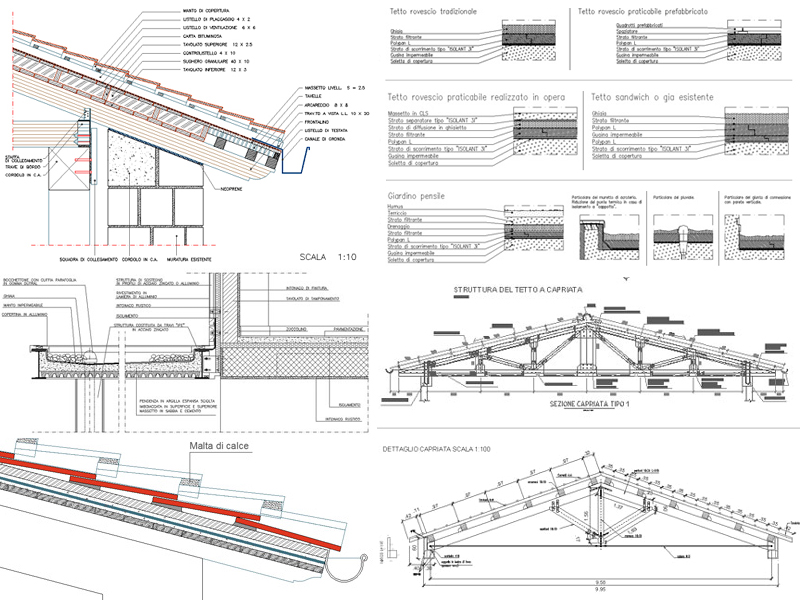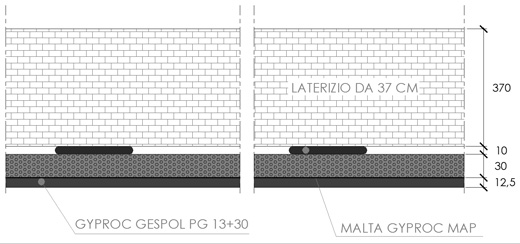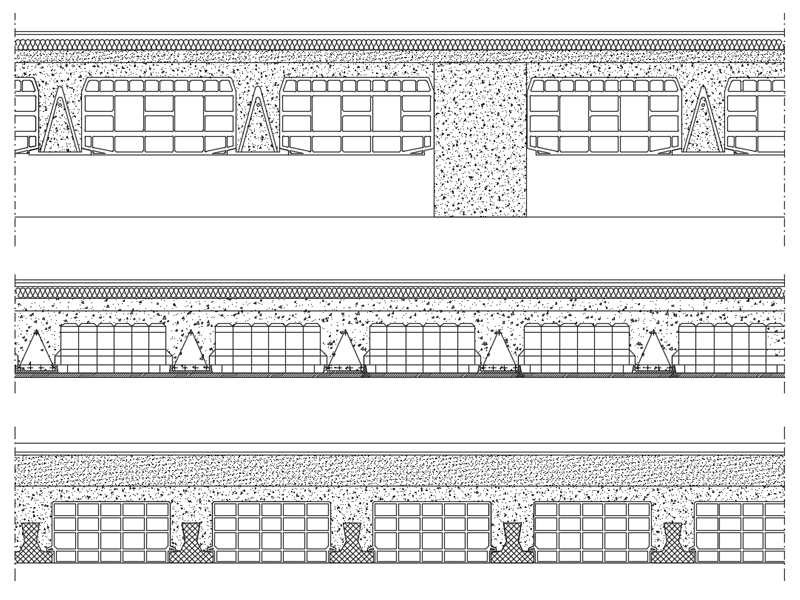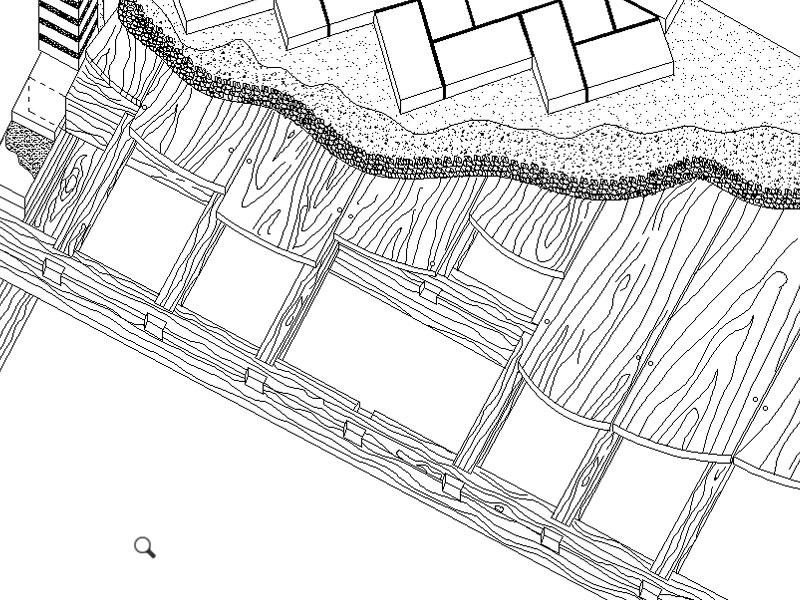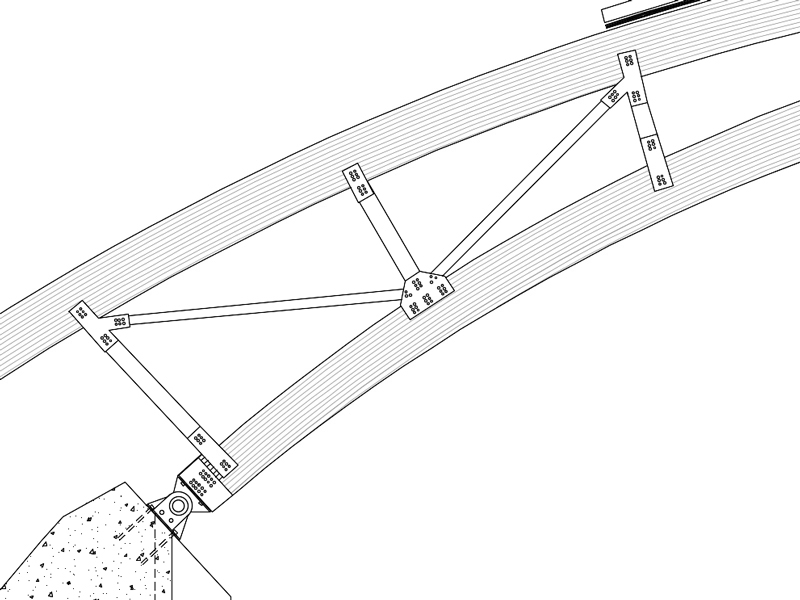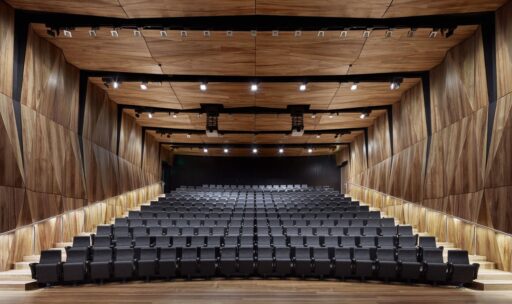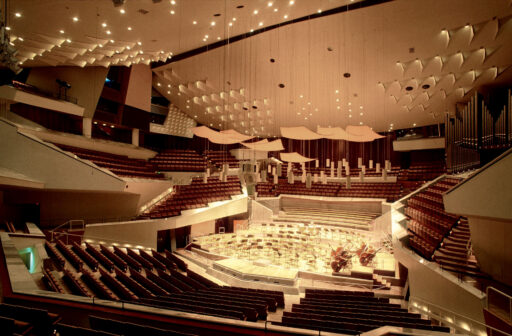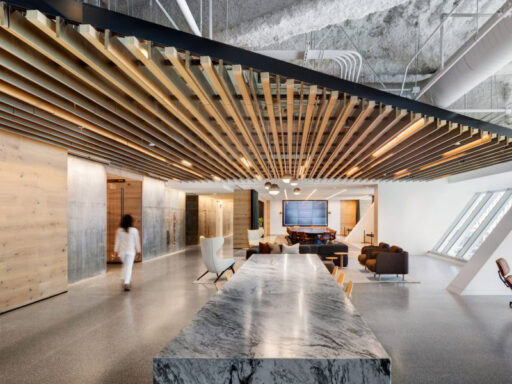The acoustic project
Between legislation and design
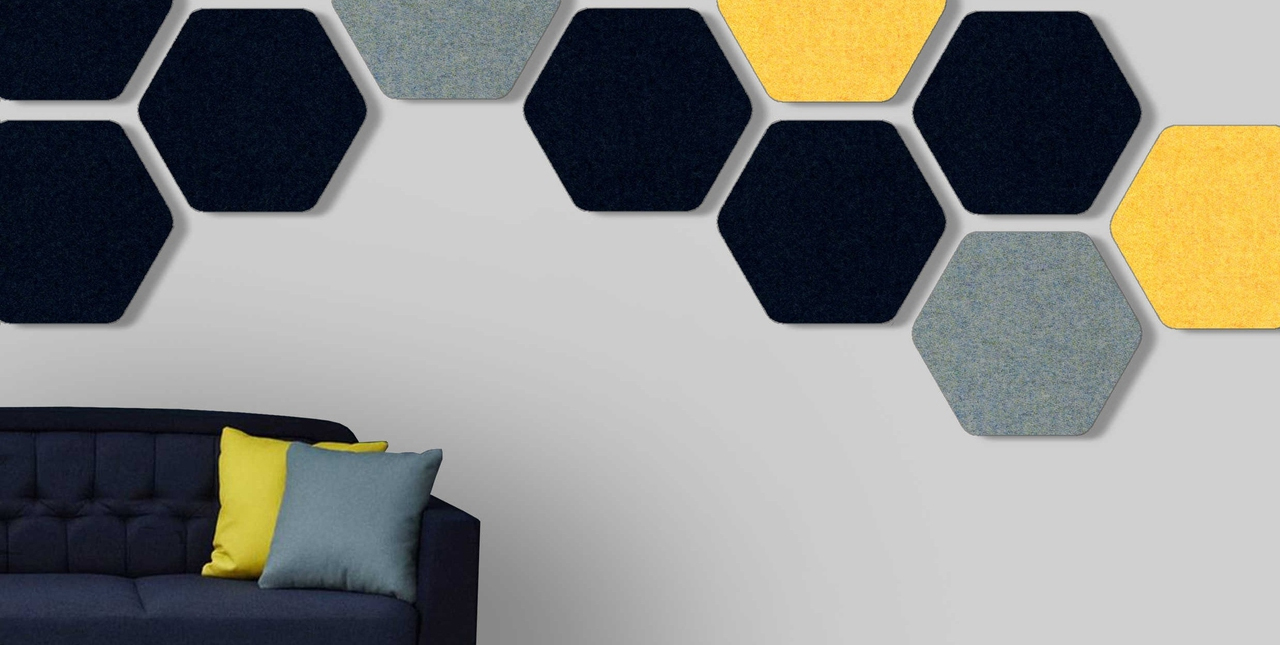
One of the fundamental aspects aimed at ensuring individual well-being inside buildings is represented by environmental acoustics. In construction, the correct acoustic design aims to contain the noises generated by external and internal sources with respect to the home environments. The multiple soundproofing solutions concern the structure of the building but also everything that contributes to characterize it from the point of view of furnishings and accessories. As regards the Italian territory, the UNI 11367 standard designates a subdivision of the buildings according to the acoustic class to which they belong. This classification is useful to ensure a more correct design in terms of acoustic comfort.
Below is an explanatory guide on the fundamental principles of acoustic design.
Noise pollution and measures to minimize it
Noise pollution is an element that must be assessed from the early stages of the design process because in addition to being a cause of disturbance, it represents a problem that affects the health of the individual. In fact, many studies have shown how annoying noises generate problems related to stress, sleep and hypertension. For this reason, it is necessary to act appropriately both on the sources of noise and on the acoustic insulation of the building.
Noise can be produced by numerous sources external or internal to the building. In addition, it should be noted that each building type is different in this respect both for its intrinsic characteristics and for the intended use that distinguishes it. In the first case, these are sounds coming from the context, more intense within the urban scenario: car horns, traffic, trams, construction sites, the presence of large road arteries. As for the noises present inside the housing unit, the most common are those coming from conversation, shocks, systems such as washing machines, dishwashers, boilers, ventilation systems and taps. The presence of elevators and freight elevators in the stairwells of buildings can also be a source of unpleasant noise.
Depending on the type of noise and the source that generates it, it will be good to study the most suitable solution to best mitigate the disturbance for the human ear. In this regard, it is necessary to distinguish between sound absorption and sound insulation, concepts that are often confused with each other. The first is aimed at counteracting the sound that is reflected within a single environment, through the insertion of fibrous materials that will make up the walls and false ceilings.
In fact, these materials have the ability to assimilate sound and prevent its diffusion within the environment. In other words, it is a question of containing internal reverberation and for this reason the sound-absorbing solutions are particularly suitable for buildings intended to accommodate large flows of people: offices, recording studios, theaters, bars and restaurants. Among the most common fibers are the mineral ones, those with a natural base and the synthetic ones: they range from rock wool, cork, up to expanded polyurethane, respectively.
It is good to specify how often an optimal acoustic insulation intervention requires the simultaneous presence of sound-absorbing and sound-insulating solutions. The latter represent the most suitable measure to contain the transmission of sound between several neighboring environments and between exterior and interior. In this case, the material is considered a real barrier that blocks the entry of sound and reflects it in the environment in which the source that generates it is located. To intervene in this way, we usually proceed with solutions that combine wood fiber with rigid sound-absorbing panels.
UNI 11367: Italian legislation on acoustics
With regard to noise pollution, the Italian legislation begins to make its way around the 90s, when, thanks to the introduction of specific decrees, the design sensitivity in terms of noise containment in buildings increases. Some “limit thresholds” are thus defined within which it is necessary to place oneself to ensure the user’s psycho-physical well-being.
Given that the decibel represents the unit of measurement for quantifying sound intensity, the limit value of 50 dB is defined, beyond which the sound is perceived as a disturbance for the human ear.
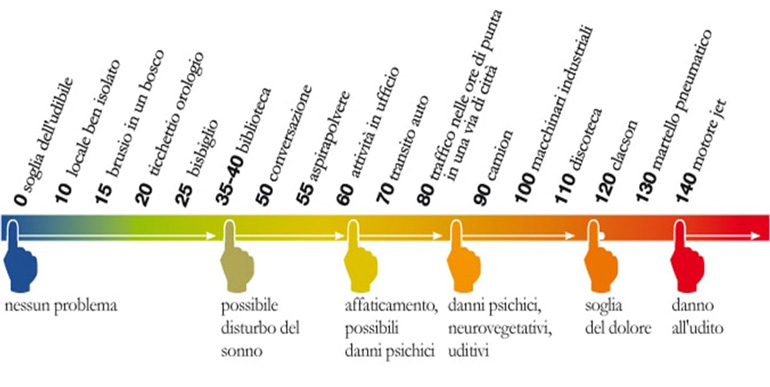
Summary table of the noise intensity expressed in dB
Precisely with regard to the limits that must be respected to avoid unpleasant noises, the DPCM of 5 December 1997 was introduced, which defines the passive acoustic requirements of buildings and is still currently in force. The decree establishes the values that must be respected in order to obtain an acceptable acoustic comfort with respect to the noises between housing units, external sounds and those generated by systems and activities of different types.
These limits vary depending on the intended use of the property and for this reason, the buildings are classified into categories:
- residential buildings-category A
- offices-category B
- hotels and similar-category C
- hospitals and nursing homes-category D
- schools-category E
- cult and recreational activities-category F
- commercial activities-category G
Furthermore, according to the peculiarities of the property and the performance of each of its components, the UNI 11367 standard defines its acoustic class. Overall, the individual components must comply with the defined performance standards, in acoustic terms. Acoustic design is mandatory in the case of new buildings or urban restructuring interventions. As regards the construction from scratch, at the end of the works it is always mandatory to verify compliance with the limit values or alternatively acoustic testing.
To learn more about the acoustic design of a concert hall click here
Interventions for acoustic improvement
As anticipated, noise pollution is a problem that cannot be underestimated and for this reason it is necessary to study which is the most suitable intervention in order to counteract the intensity of the noises present in the confined environment. Among the most effective measures we can mention the increase in the thickness of floors and walls through the use of heavy materials (solid bricks) or the interposition of an acoustic insulation between two sections of light material (for example plasterboard). To counteract the noises coming from the outside, it is good to pay particular attention to the windows that must be correctly installed and sealed. It is also optimal to opt for double glazing and take care to insert a sound-absorbing material inside the shutter boxes as they are considered “weak” elements.
In the case of residences located on the top floor of the building, in a particularly busy area, an intervention at the level of the roof could be essential. It will therefore be necessary to apply a thick layer of insulation in correspondence with the attic, combined with a dense material that will form the sound-absorbing panel. If you enjoy the beauty of a sloping ceiling with exposed wooden beams, in order not to sacrifice this aspect by inserting a false ceiling, it will be possible to intervene while maintaining the aesthetics and increasing the acoustic insulation. In this regard, we will proceed on the roof from the outside, replacing the plastic insulation, usually used with roofs of this type, with a wood fiber.
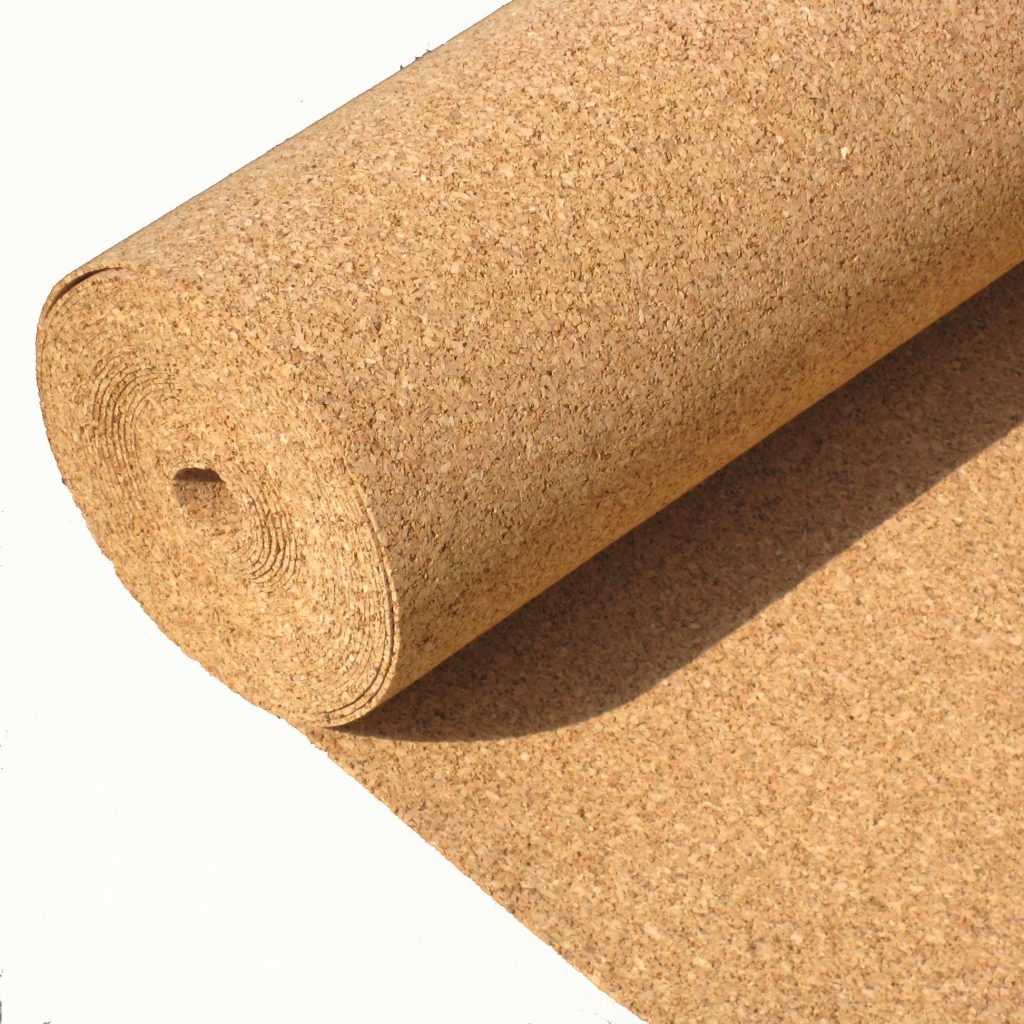
If the acoustic problem is caused by the nature of the floor, it is advisable to opt for a solution aimed at reducing the noise from footsteps. A classic example is parquet, one of the most popular coverings for its warmth and natural aesthetic performance. However, acoustically it is a rigid material that contributes to the propagation of sound. To overcome this inconvenience, it will be good to insert a cork or rubber mat able to muffle the diffusion of the sound produced by footsteps and if possible opt for a floating laying of the parquet.
Example of a cork mat on which the parquet is laid
Another widely used solution for improving sound insulation inside buildings is represented by acoustic panels. The market offers many products: you can choose the panels integrated into the walls, the modules applicable on the floor, or those designed to constitute real false ceilings. In fact, depending on the source from which the noise comes, the panel can be inserted in the most appropriate position to minimize it. In the event that the noises come from above, sound-absorbing false ceilings will be optimal, for footfall noises it is necessary to opt for panels inserted in the floor, while if you want to attenuate the transmission of sounds from one room to another you need to place the modules between the two bordering walls.
The sound-absorbing panels are distinguished in resistive from porous material, those that work by resonance and prevent the propagation of sound, and sound-diffusing panels capable of absorbing sounds at medium-high frequencies.
Additional measures within residential environments can help improve acoustic conditions and promote greater comfort. For example, it is advisable to place some carpets on the ground, choose soundproofed appliances and still install washing machines and dryers on rubber mats that can contain the vibrations that could occur when they are in operation.
Decorative sound-absorbing panels
The acoustics sector today differs from that of the past in that the market is able to offer varied solutions to ensure the right comfort inside the rooms, without sacrificing aesthetic quality. In fact, if once the insertion of sound-absorbing panels was aimed solely and exclusively at ensuring the right acoustic insulation to the environment, now it also fulfills the decorative function.
The decorative panels for interiors have received an excellent consensus and today they are produced in different shapes and colors, becoming a style icon and an important piece of furniture. An example of this are the square panels originating from the collaboration between graphic designers and designers with manufacturing companies. They can become furniture for the walls or real sculptures. In fact, since they are made of fabric, wood or vegetable fibers, they can be printed or subjected to numerous artistic processes.
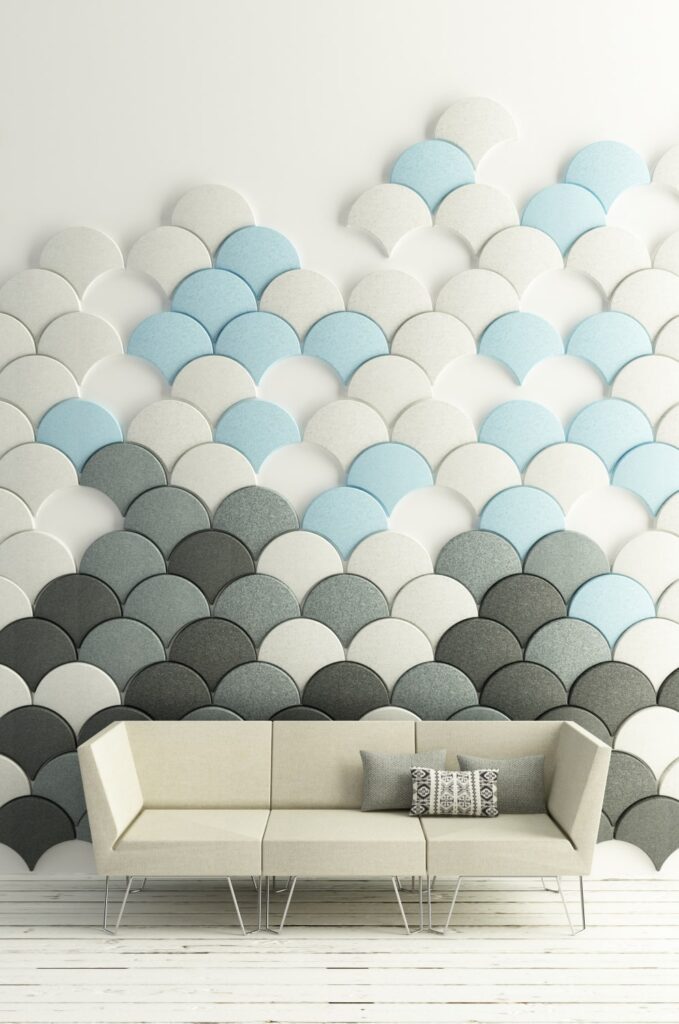
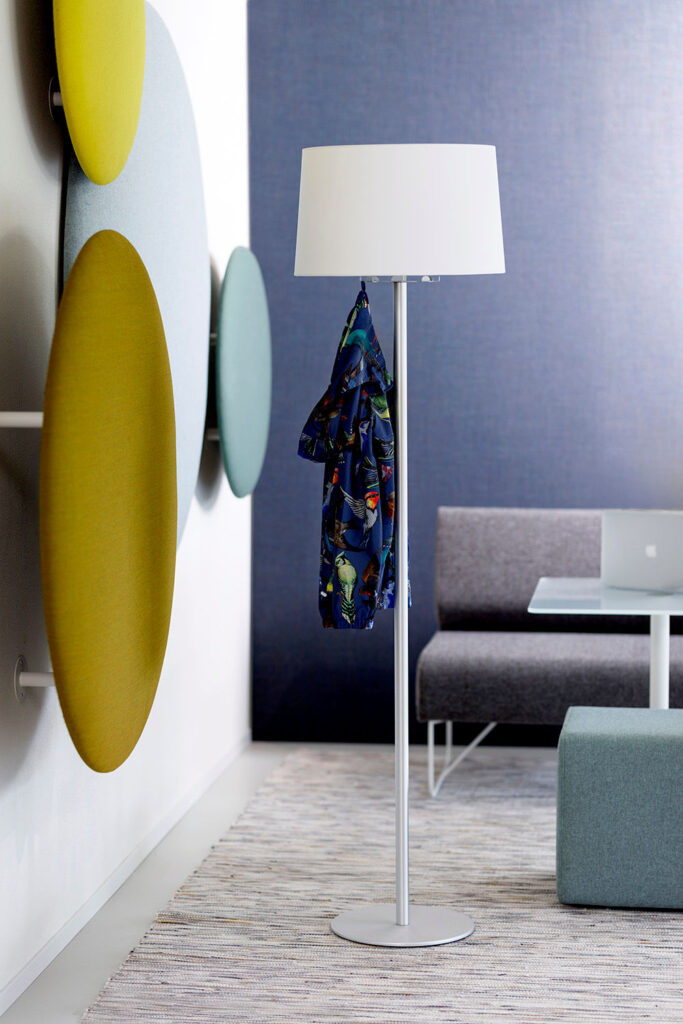
Example of decorative sound-absorbing panels applied to the walls. Photo on the right: planurban
Thanks to their versatility, the sound absorbing panels are well suited to any style of home. For classic environments, those in wood will be perfect, for those who want to give a touch of color those in fabric are more suitable and, if equipped with a lining, they allow you to replace textures and colors as needed. If you prefer the modern style, the metal panels will be the most suitable as they are able to give an innovative and refined look to the environments. Finally, one of the latest innovations is represented by the reflective panels: thanks to their glass surface, the panel will look like a real mirror hanging on the wall.
The sound-absorbing furniture
The need to insert furniture that helps to counteract noise arises in the tertiary sector and specifically in the design of offices. However, today, there is an increasingly widespread tendency to choose some furniture components that are able to combine aesthetics and functionality in acoustic terms, even within residential spaces. In fact, the sound-absorbing furniture, in addition to being optimal for ensuring greater comfort, has the advantage of ensuring low costs and avoiding interventions on the structure of the building.
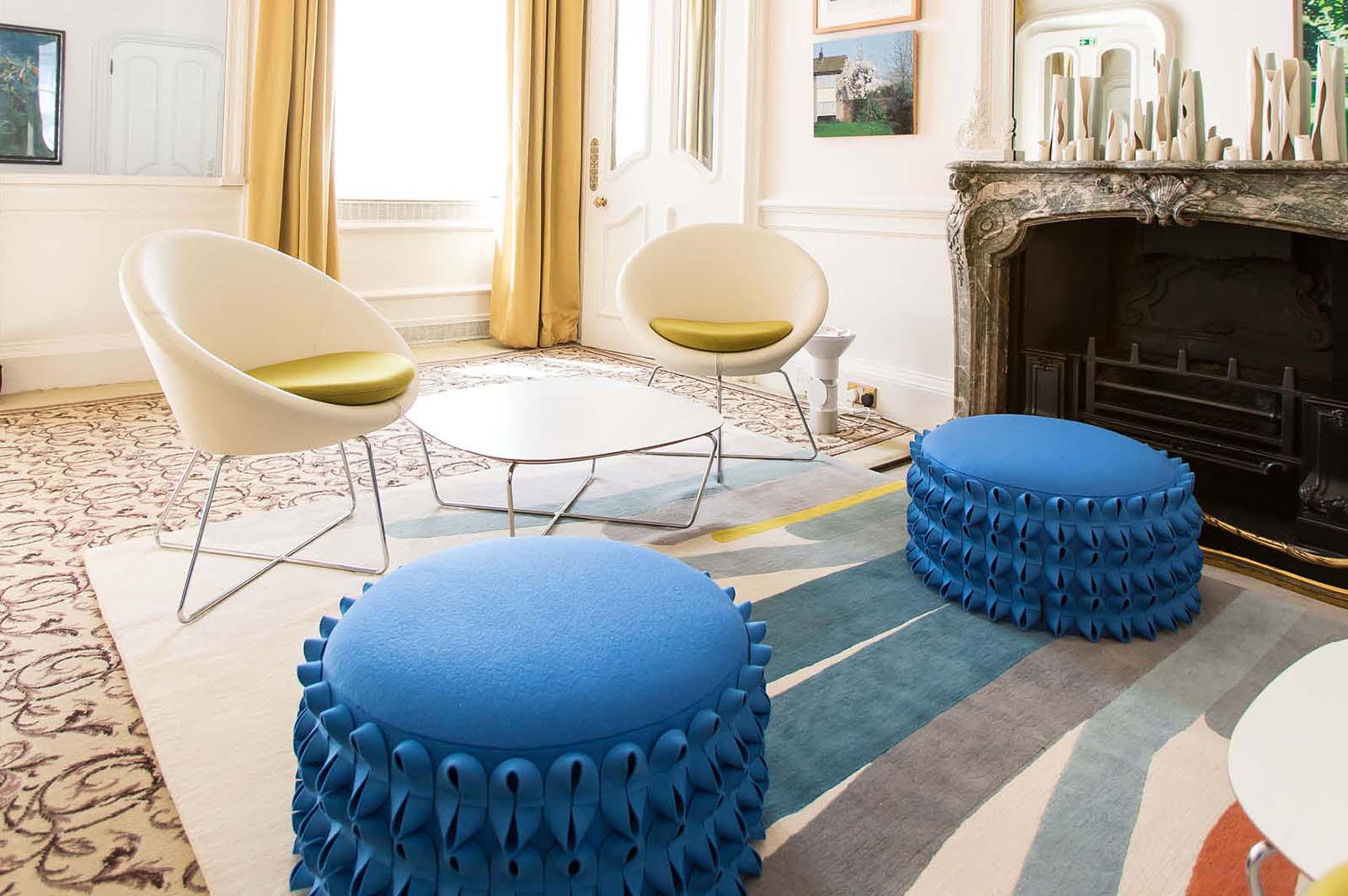
Source: http://www.annekyyroquinn.com/2015/09/residential-projects/
If the sound source is located in the apartment of the neighbors, it will be good to choose a sound-absorbing bookcase applied to the communicating wall, which, thanks to the materials used, will be able to dampen the noise.
Another example of widely used furniture is represented by the seats in sound-absorbing fabric; these are solutions that use rock wool and glass wool, fibers usually used to manufacture the insulating layers of the walls. Thanks to their versatility and flexibility of use, they can be moved to any environment according to the need of the moment.
If, on the other hand, you want to opt for a functional and at the same time very original complement, the pendant lamps will be perfect which, thanks to the multiple panels of which they are made, guarantee optimal acoustic insulation and comparable to that of false ceilings.
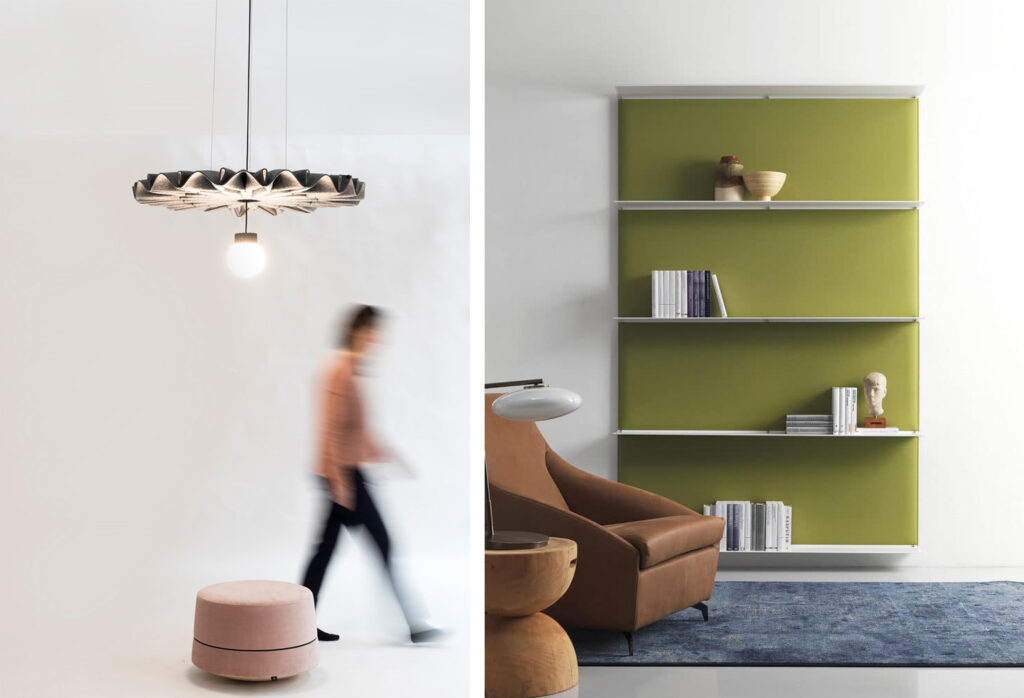
Today, thanks to the ability to customize interior design solutions, it will be possible to design tailor-made solutions, designed for the environment and able to meet acoustic and stylistic needs.
It is therefore clear how sometimes what arises as a problem to be solved becomes a valid pretext for beautifying one’s residential environments!



























































